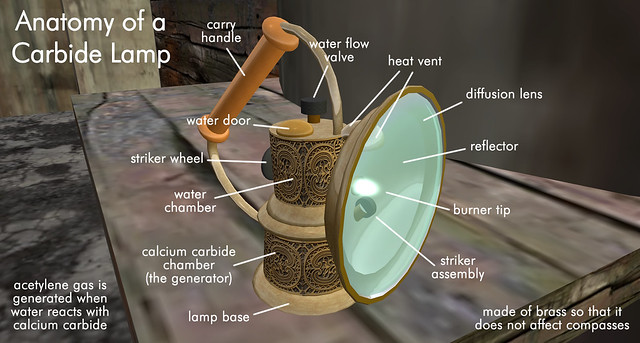I use OpenSim, typically in the form of Sim-on-a-Stick, as one of my graphic design tools for corporate eLearning development. We do videos for branched scenarios. In a nutshell – actors don’t age, haircuts never change, wardrobes don’t fade, and sets are easy to build and archive.
I also use OpenSim as a 3D graphic program to create static images for eLearning. The last post on my neglected blog discussed a hotel video set which is used for both video and static images.
Developers in the corporate eLearning world are often stretched to their limit, both in time and budget, and typically are not experts with 3D tools. Tools like Blender and 3ds Max need regularly use in order to stay proficient with them and most eLearning developers don’t have the task schedules to warrant that. With OpenSim, the building tools are simpler and the skills are easier to maintain.
The downside is the quality of the graphics – there’s no comparison between a Blender and OpenSim. And that can be seen as a good thing!
The trade off is having an easy and fast tool to make 3D graphics or not making them at all. The use of OpenSim generated graphics can be embraced and exploited as long as you don’t strive for photo-realistic results, in my opinion anyway. Keeping your work simple and focused on getting the point across allows OpenSim to shine. Just like good line art can teach complex tasks (such as an automotive engine manual).
Ener Hax just created a carbide lamp with its key components in probably less time than it would take me to find an image in a commercial photo library and saved $50 in the process. I used one of Ener’s images to illustrate how nicely an OpenSim model works (below).
Nicely done on the lamp Ener and on your condemned city build too!
reposted from iliveisl.com

